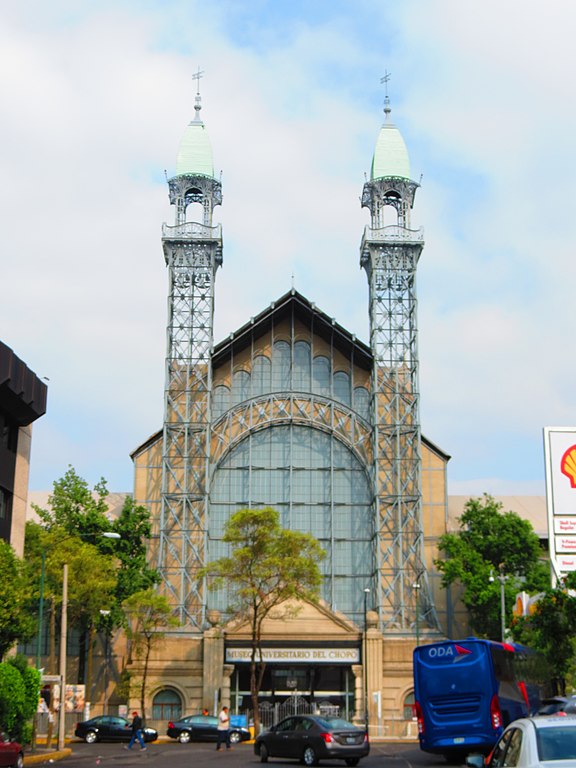
El Museo del Chopo, más formalmente el Museo Universitario del Chopo, o simplemente “El Chopo”, es uno de los museos favoritos en la Ciudad desde hace mucho tiempo. La remodelación del edificio entre 2004 y 2010 dejó al vecindario sin aliento.
De hecho, la remodelación terminó siendo un evento seminal para toda la zona. El Museo del Chopo está constantemente bien atendido y es uno de los favoritos tanto de los residentes de la ciudad como para los visitantes. Las exposiciones regulares incluyen profundas intersecciones con culturas contemporáneas y alternativas, así como arte, fotografía, pensamiento contemporáneo y vídeo.
Diseñado en el estilo Jugendstil alemán por Bruno Möhring, el edificio fue prefabricado y desmontado, y vuelto a montar varias veces antes de su llegada a Santa María. Originalmente estaba destinado a la sala de máquinas de la mina metalúrgica Gutehoffnungshütte (Buena Esperanza), una inscripción que todavía aparece en las vigas del edificio. Construido íntegramente en hierro y cristal, el edificio albergó originalmente una Exposición de Arte e Industria Textil en Düsseldorf en 1902.
Posteriormente, un empresario mexicano, José Landero y Coss, compró la mayor parte del edificio original y lo hizo montar de nuevo en Ciudad de México. En 1905, la empresa Landero y Coss se declaró en quiebra, y en 1909 la Secretaría de Instrucción Pública y Bellas Artes firmó un contrato de arrendamiento para hacerse cargo del edificio. Se le conocía entonces como “El Palacio de Cristal”, por su homólogo en Londres.
En las últimas horas de la presidencia de Porfirio Díaz, los festejos del Centenario de la Independencia de México comenzaron a expandirse. La Secretaría de Instrucción Pública prestó el edificio a la delegación japonesa para albergar una exposición de Arte Industrial. El edificio fue entonces conocido popularmente como El Pabellón Japonés. En 1913 se inauguró en el mismo lugar el Museo Nacional de Historia Natural con exposiciones de Botánica, Zoología, Biología, Mineralogía y Geología.
Sin embargo, el gobierno de Venustiano Carranza eliminó la Secretaría de Instrucción Pública y Bellas Artes, y puso la colección bajo la dirección de la Dirección General de Estudios Biológicos. Esta dirección fue, en 1929, reintegrada a la Universidad Nacional Autónoma (UNAM) como Instituto de Biología. Hasta mediados de 1960 recibía unos 1.200 visitantes diarios y era casi siempre el museo más concurrido de la ciudad.
En 1964, el edificio estaba en mal estado y básicamente abandonado. Permanecería vacante hasta 1973, cuando se aplicó la Ley Federal de Monumentos Públicos y la UNAM inició un proceso de restauración.
Esta exitosa rehabilitación llevó al museo a ocupar un lugar central en la cultura de la ciudad, y especialmente para los jóvenes, ya que el museo se centró cada vez más en las formas populares, las artes visuales, la literatura, el cine y la música. Restaurado de nuevo, entre 2004 y 2010, ha sido desde entonces una parte viva de la escena de museos y galerías.
Horario: De miércoles a domingo, de 11:30 a 18:00 horas.
 +52 (55) 5546 3471
+52 (55) 5546 3471
 http://www.chopo.unam.mx/
http://www.chopo.unam.mx/

Cercano a 0.08 kms.
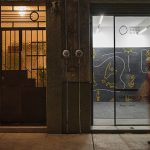
Cercano a 0.18 kms.
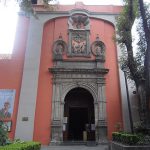
Cercano a 0.26 kms.
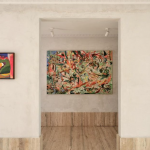
A newly created space for an outstanding collection of postwar abstract works by women artists . . .
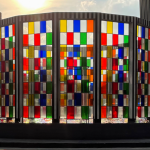
An impressive contemporary art museum in an inspiring context . . .
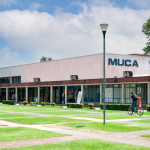
One of the UNAM's best loved and most central art museums . . .
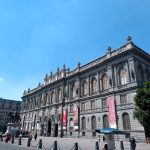
El Museo Nacional de Arte en el Centro Histórico de la Ciudad de México siempre será un punto memorable de tus vacaciones.
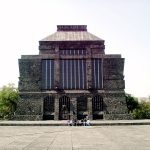
Pensado como una parte de la Ciudad de las Artes, el Museo Anahuacalli es un espacio mucho más contemporáneo de lo que puedas imaginar.